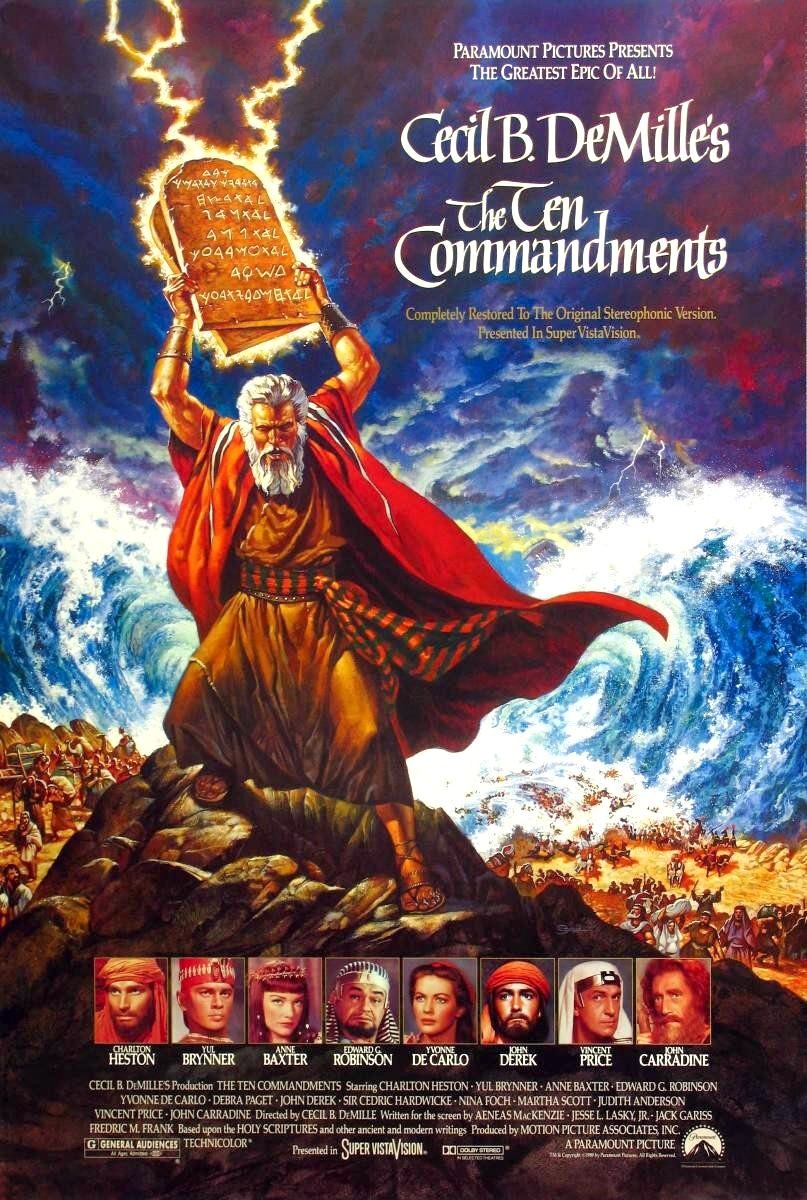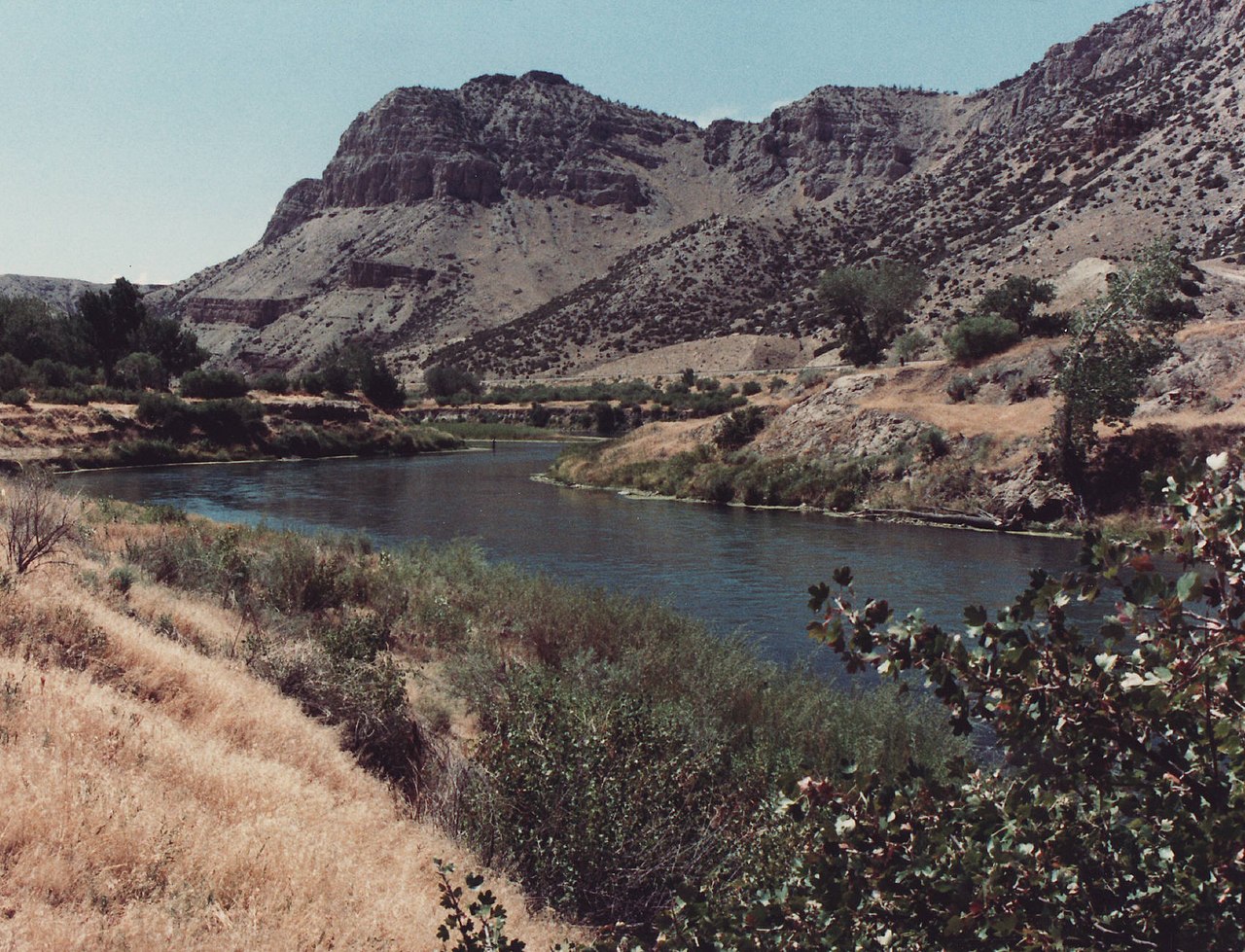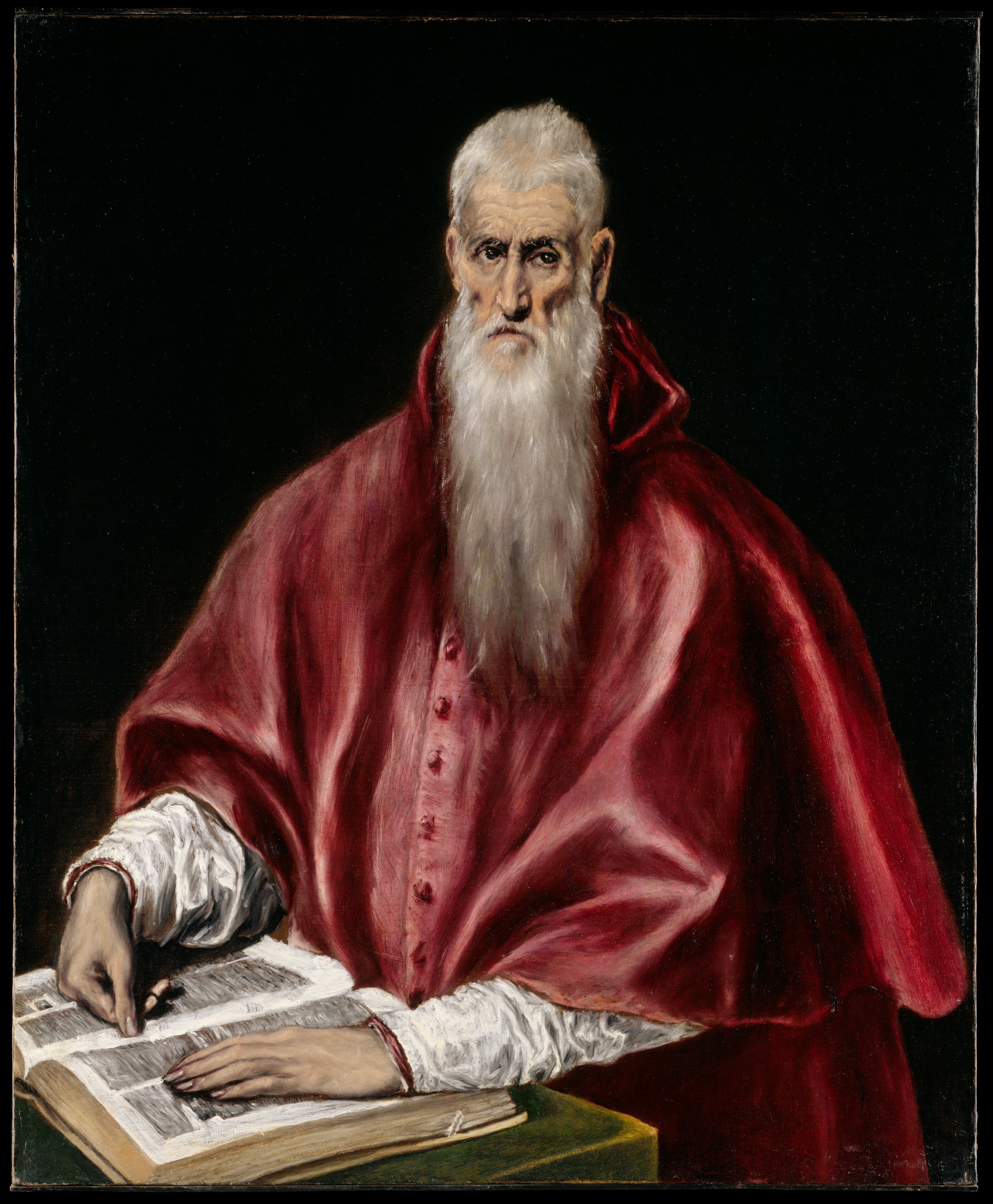* * * *

The feeling I had – a bit – setting off into utter darkness on the morning of last November 8…
* * * *
Friday, February 13, 2015 – Back in “Part I” we left our intrepid travelers – or one of them – “drift-paddling toward a piling with a bright red flashing beacon-light at the top.” He – I – waited for the sun to burn off the fog, but wasn’t in too much of a hurry, lest I be seen “clinging to the pole,” like a decrepit old geezer with no business being out there “at that time o’ day.“
In other words, I was in no hurry to actually get to the piling-beacon, on that misty, horizonless morning of November 12. That’s why I was “drift-paddling.”
Besides, I was rather enjoying the sense of being somewhere, someplace that no one else in his right mind would ever be. But my reverie ended when I saw a boat some distance away, near the edge of the limited-visibility horizon. It was traveling fast at a right angle to me, and after a bit I noticed that it had some flashing blue lights. Then – after another little bit of time passed – it swerved and made a beeline, straight toward me and my canoe…
Which brings us back to “achieving closure.”
My brother and I did eight days and 80 miles worth of canoe-paddling on our own. We’d also camped in and on a salt marsh, and seen nature at her majestic best (and worst). We’d seen dolphins capering, once just off our salt-marsh camp, and other times just off our bows.
I learned to live on a breakfast ration of one and a half granola bars and tepid instant coffee. I learned to pitch a tent on a salt marsh, with water sloshing around my feet, only to find that the abundant bullrushes provided a most comfortable bed. And I experienced that nagging feeling, in the back of my mind as we set off due south from Half Moon Island, noted above…
What “nagged me” was the feeling, as we set off into the utter darkness on the morning of November 8, that we would either fall off the edge of the earth, or “there be dragons.”
The high point of the trip was covering 17 miles in 11 hours in one long day of paddling. (Not bad for a couple old geezers.) But in that time I also learned that kayak-paddling is way different from canoe-paddling. (I’d been practicing paddling a kayak in the year leading up to this particular pilgrimage.) As I found out, canoe-paddling can be quite a bit more wearing on the abdominal muscles, especially when the paddling follows hour after hour and day after day.
Which meant that when the ol’ BMP boat picked us up, I had Mixed Emotions. On the one hand I was relieved to get back on the mainland, away from skeeters and salt marshes and the endless rolling that permeated my dreams. (Urp!) Yet I still had that gnawing feeling of “abiding discontent.” And so, ever since then I’ve been planning to do something about it.
* * * *
Last Monday morning, February 9, 2015, I did it. The night before – after a seven-hour drive – I got a room at the Motel 6 on Beach Boulevard, four-tenths of a mile west of the Mississippi Coast Coliseum. I woke up at 5:49 – 4:49 Central Time – and found a 24-hour IHOP right down the road, for a carb-heavy breakfast. I then carried my kayak across Beach Boulevard, over and across the long beach itself, then set out to achieve closure. It was still dark when I started paddling out, just like on that morning of November 12, 2014.
I set off paddling on a roughly south-southeast course, determined to make sure that the Coliseum stayed visible behind me. (But then – too late – I realized that I’d left my cell phone back in the room. That would have been a nice thing to have, “just in case…”)
In his Travels With Charley (“TWC”), John Steinbeck noted the map people, “whose joy is to lavish more attention on the sheets of colored paper than on the colored land rolling by.” At one point, “knowing the passions of the mapifiers,” he threw in (as a sop) a detailed account of all his map-remembered travels from Houlton down to Millinocket, Maine.
And so – since a “Suggestion from the Master is a Command not unlike Holy Writ” – I too will give such a brief sop. After leaving the beach across the road from my motel, I shortly passed the Old Harbor jetty to my left, and close to the “Broadwater Harbor AR” (artificial reef). Not to mention the Coliseum Pier (a citation that may or may not be redundant).
Incidentally, if you check the “Coliseum Pier” link, the Motel 6 is right at the intersection of Highway 90 (Beach Boulevard) and Briarfield Avenue. And if you zoom out enough you can see the whole coast from Gulfport to Deer Island. Deer Island is that long stretch of offshore land that ends right in front of the “Hard Rock” and the Beau Rivage. That was the Plan B we had before setting off that morning: If we get separated, head east to Deer Island, then hang a left.
(For purposes of completeness, we left that morning from East Ship Island, the one that isn’t all touristy. To see the full scope, check Google Maps and type in “Ship Island MS.”)
But we digress…
I’m guessing I paddled two miles out in the first hour and six minutes of my mission to achieve closure. (That November 11-hour stretch where we covered 17 miles actually amounted to roughly six hours of actual paddling, which was still plenty. In turn that translated to a speed of 1.546 miles an hour, but much of that 11 hours of paddling happened when the sun was up and its heat roiled wind and tide. But when I set out last Monday, the Gulf was smooth as a baby’s bottom, as it is wont to be at that time of day.)
At first I had that same nagging feeling, setting out in the complete darkness, of either going off the edge of the world or being eaten by sharks. But after awhile I settled in quite nicely. I watched the sun slowly come up, off to my left at about “10 o’clock.” (See Clock position.)
And every once in a while I’d pause, turn off my stop-watch and just enjoy the feeling “of being somewhere, someplace that no one else in his right mind would ever be.” I imagine the explorers back in the olden days had something of the same feeling. (One good reason to take such a trip.)
So anyway, near the end of Travels With Charley, Steinbeck explored “the nature of journeys, how they are things in themselves, each one an individual and no two alike.” One conclusion? “People don’t take trips – trips take people.” He’d known trips that were “over and dead before the traveler returns.” Like in TWC, where his trip ended long before he got home:
I know exactly where and when it was over. Near Abingdon, in the dog-leg of Virginia, at four o’clock of a windy afternoon, without warning or good-by or kiss my foot, my journey went away and left me stranded far from home.
Then there’s the other kind of trip. That’s the journey that continues “long after movement in time and space have ceased.” Steinbeck remembered the town of his birth – Salinas – where a neighbor once took a trip to Hawaii. Ever after, the neighbor could be seen, rocking on his porch, “his eyes squinted, half-closed, endlessly traveling to Honolulu.”
This last pilgrimage of mine had a kind of in-between ending. It didn’t end in “Abingdon,” metaphorically or otherwise. There was too much paddling to do, right up to the end of the eight days. And after the BMP boat dropped us off at the Biloxi marina, there was too much packing-up to do. Then the luxury of a long hot shower. Then the luxury of a big steak dinner…
Even on the long drive home back in November, I had planning to do. I knew somehow, some time, I’d get rid of the nagging feeling, that “abiding discontent and resentment.”
It had hung over me for over two months. Then, last Monday, after an hour and six minutes paddling out from Biloxi Beach, I started getting a feeling of at least a bit of peace…
But naturally the long trip back to shore had to be a pain. Somehow the god of headwinds always seemed to find us intrepid canoeists, whether back on the Missouri near Judith Landing, or on Lake Ponchartrain in 2013. (We brothers have done this before.)
And so it was for me last Monday morning.
The wind and tide got more and more against me the closer I got to shore. Finally I headed straight for the west side of the Coliseum Pier noted above, four-tenths of a mile short of my goal, but still “mainland at last.” After hours on the water, I figured it’d be easier and less stressful to either walk the canoe through the shallows, or drag it up across the beach.
I ended doing a little of both, in an effort pretty much like what would have happened that morning of November 12. (Assuming the horizon stayed visible, no storm came a-brewing, or that I’d remembered to take my cell phone out of the dry bag and turn it on.)
So as I carried my kayak west along Beach Boulevard, I felt like I’d done what I’d come to do. “And that’s how the traveler came home again…”
* * * *
I borrowed the upper image from The Blog, and in turn it is courtesy of tmrichmond3.net/2014/02/07/here-be-dragons.
Other full “Wiki” references: Half Moon Island (in St. Bernard Parish, LA), along with Houlton, Maine and Millinocket, Maine, from Wikipedia. Also from Wikipedia, Mississippi Coast Coliseum, Deer Island (Mississippi) – Wikipedia, Ship Island (Mississippi), and Salinas, California.
See also smooth as a baby’s bottom – Wiktionary.
The “TWC” quotes are from Travels with Charley, Penguin Books (1980), at pages 70-71 and 272-73. (For more on Steinbeck and TWC, see also On donkey travel – and sluts). The “suggestion from the Master” quote is from pages 37-39, where Steinbeck spoke of Joseph Addison (1672-1719), the “English essayist, poet, playwright, and politician,” remembered as a founder of “The Spectator magazine.” Steinbeck remembered Addison both for his use of capital letters for nouns and his observing that readers are often more interested in an author’s personal quirks and history than in the finished work itself; “I have found many readers more interested in what I wear than in what I think.” See Wikipedia.
I found the “Coliseum Pier” link at Biloxi piers provide great fishing opportunities.
The full citation for Judith landing is Judith Landing Recreation Area – Visit Montana. See also Missouri River Fort Benton to Judith Landing | Trail Head. The first pilgrimage taken by the “intrepid canoeist brothers” was also from Fort Benton to Judith Landing.
Travels with Charley ends with Steinbeck back in New York City. (This was after his trip “left him” back in Virginia.) He got stuck in a back street, collapsed in nervous laughter and was approached by an “old-fashioned cop with a fine red face” who thought he was drunk. When Steinbeck explained that he’d gotten lost in his own home town, after driving “all over the country – mountains, plains, deserts,” the officer sympathized. “Think nothing of it, Mac, I got lost in Brooklyn only Saturday.” Which brings up the last line of TWC, “And that’s how the traveler came home again.”
* * * *











 Jesus, tempted in the wilderness during His own “40 days…”
Jesus, tempted in the wilderness during His own “40 days…” 
